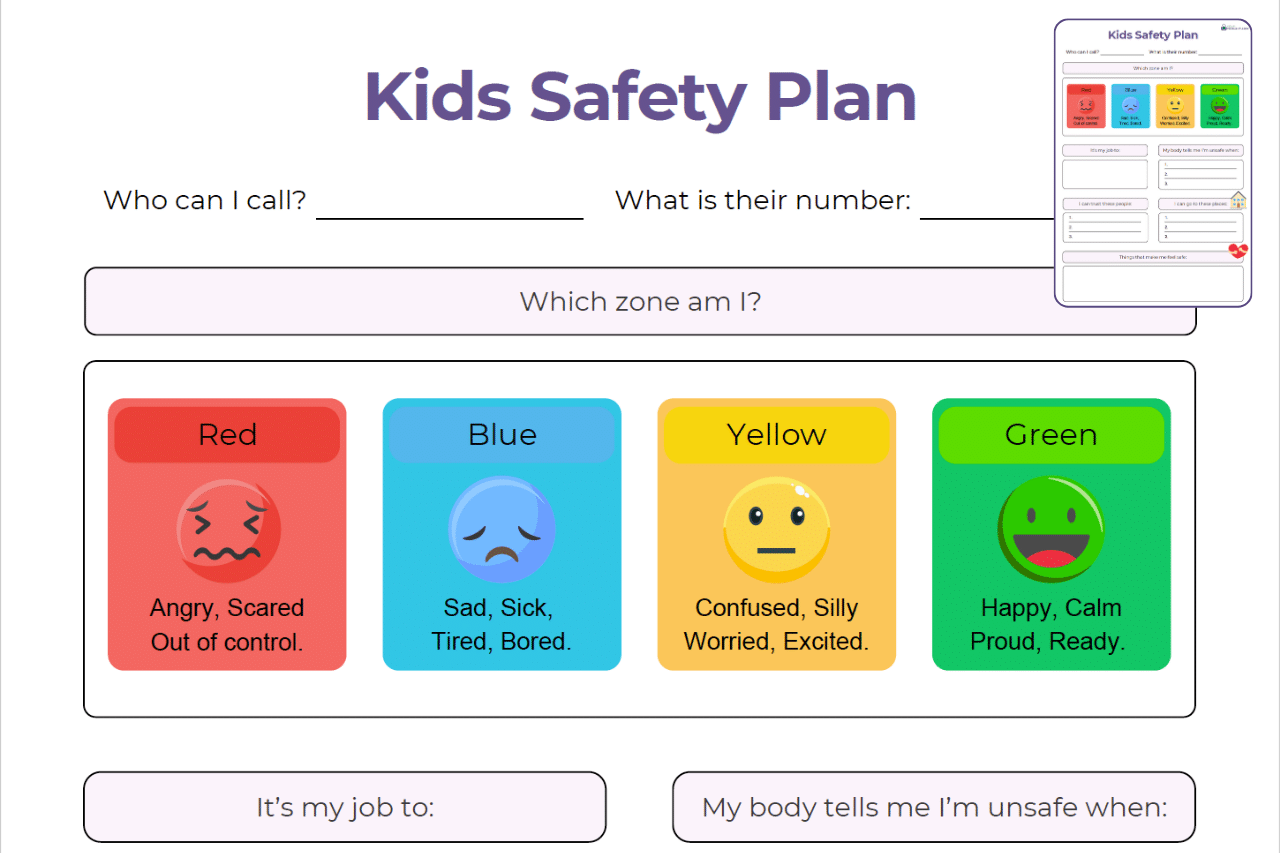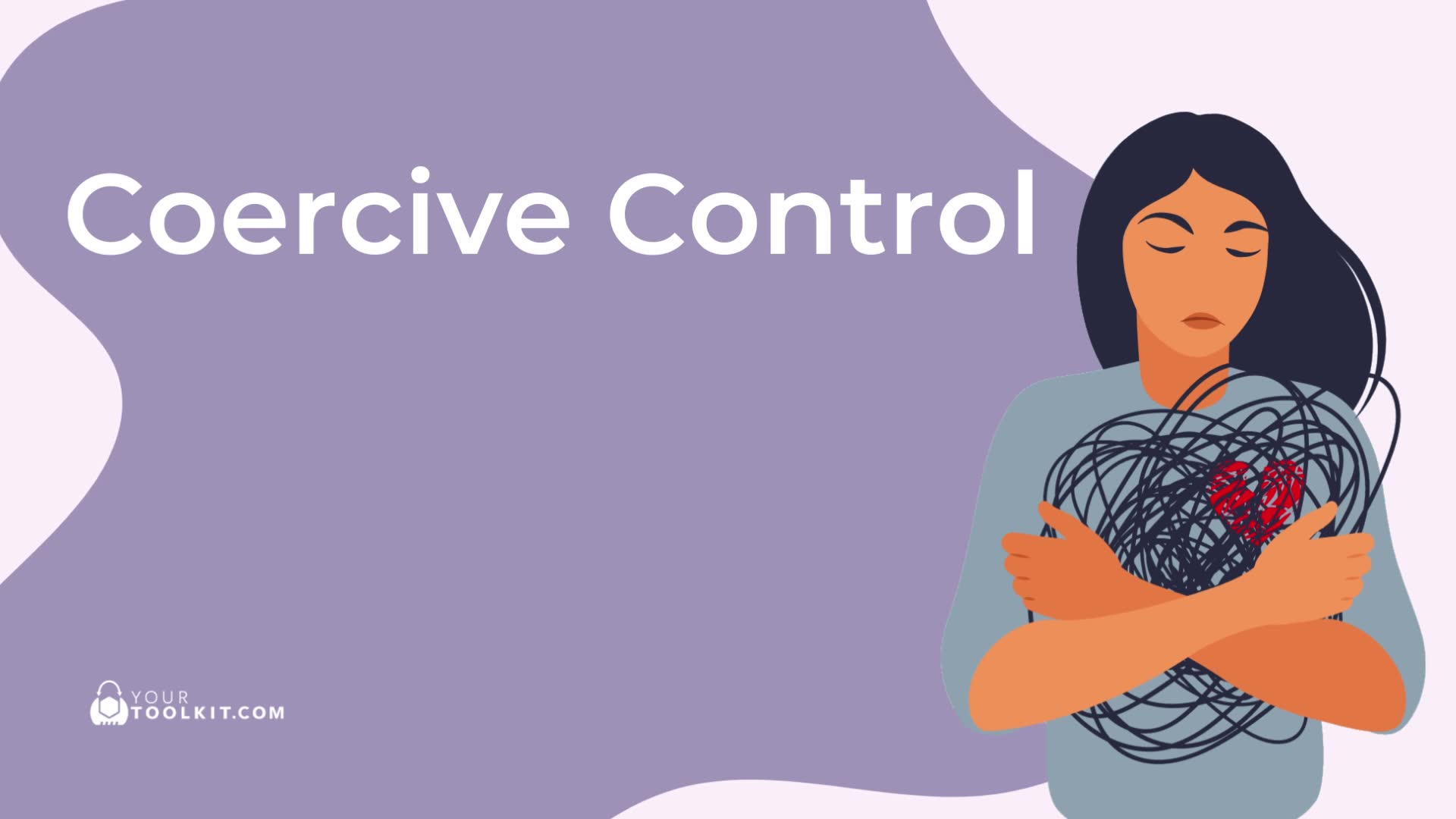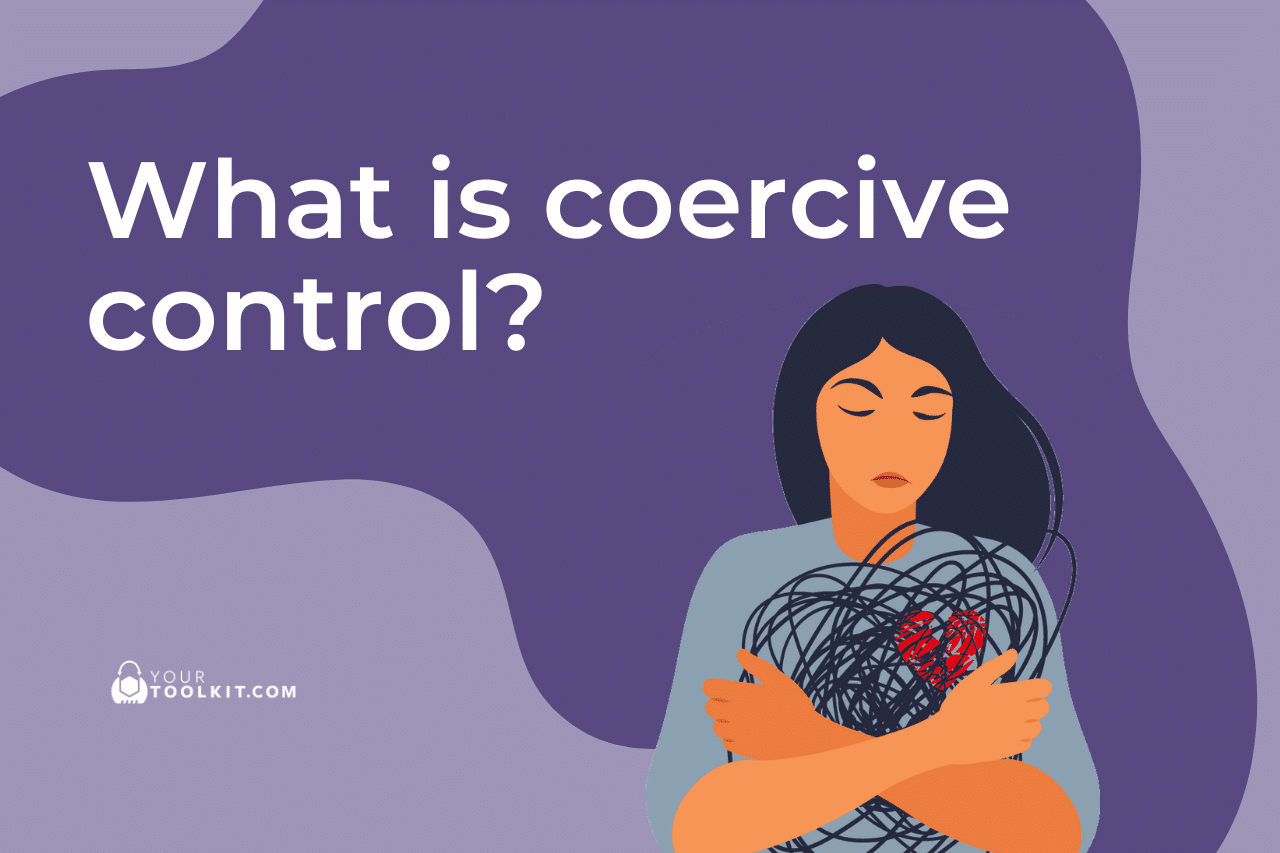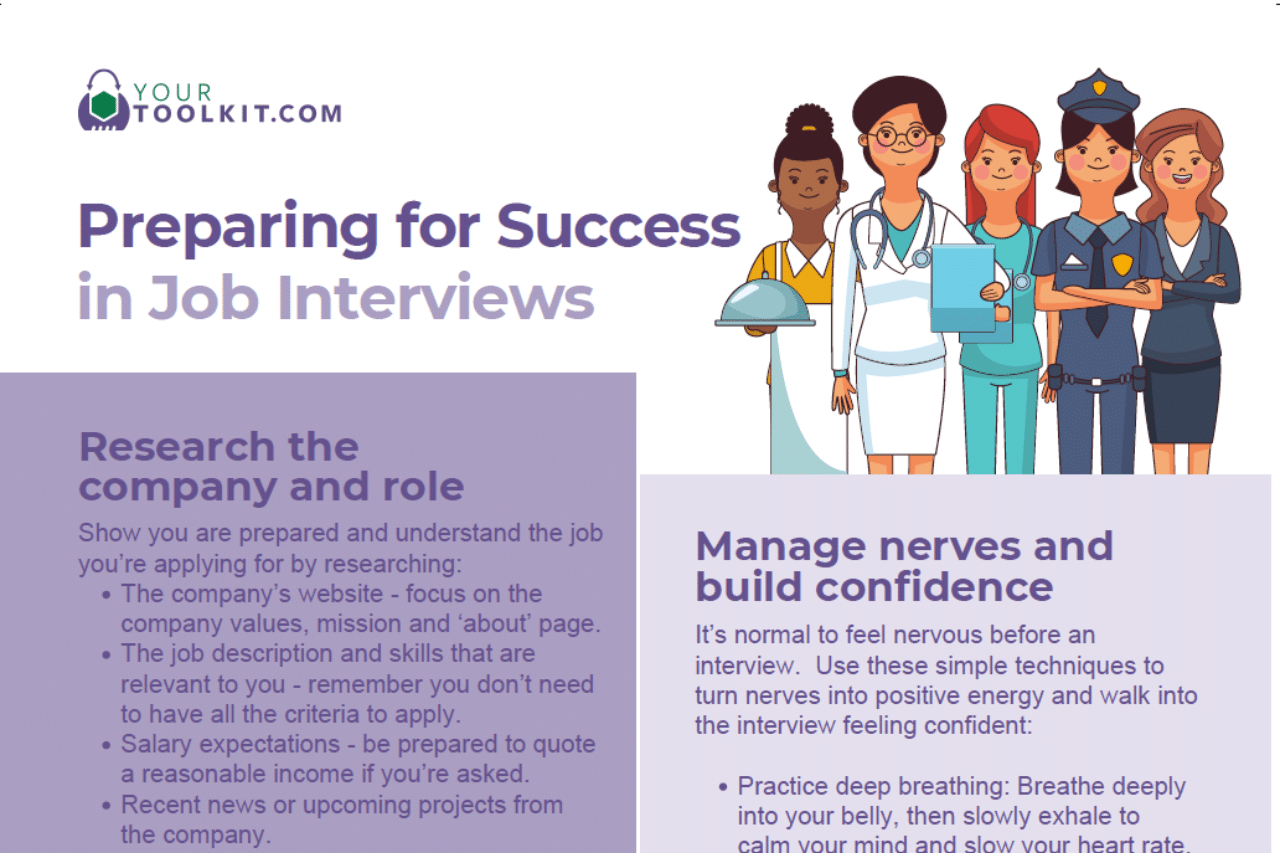We acknowledge the strength and courage it takes to start this journey. Domestic abuse is never ok. Follow the steps on this page to find safety, build your finances and live independently.
Need to speak to somebody right now? Call 1800 RESPECT
Follow these steps
Ready to leave right now?
The four different steps mean I know exactly where I need to be.
Explore these topics related to domestic abuse
What is domestic violence and coercive control?
Domestic abuse is when harmful behaviours are used in intimate relationships. It is sometimes referred to as domestic violence and can include physical abuse like hitting or pushing or non-physical abuse like threatening or intimidating a partner. Domestic abuse can be considered a criminal offence in Australia and is punishable by law.
Coercive control describes the controlling and manipulative behaviour that is used to control and trap the victim survivor in an abusive relationship.
Abuse can become normalised in relationships, but everyone deserves safety and respect. Love doesn’t control, hurt, or intimidate.
Understanding coercive control
Coercive control is when one person repeatedly uses controlling or manipulative behaviours to create an unequal power dynamic in a relationship. This type of abuse can escalate over time and is often difficult to recognise at first. Coercive control goes beyond visible actions; abusers intentionally create fear and confusion to make the victim survivor feel like they’re not capable of leaving the relationship.
Examples of coercive control include:
- Being monitored or watched, not having independence
- Being isolated from friends and family
- Being emotionally targeted, having your personality constantly criticised
- Being financially controlled, not having access to money or being prevented from working
- Having your feelings invalidated, not taking accountability for how the abuse makes you feel, stonewalling, or ignoring your feelings.
Coercive control can be hard to identify.
Use our Coercive Control Self Assessment to identify unhealthy relationship behaviours.
Types of domestic violence and coercive control
Physical abuse
Physical abuse is a form of coercive control and occurs when somebody uses physical force or aggression to harm another person. It is used to gain power or control over the victim survivor and often starts with shoving, slapping or pushing and gets worse over time.
Examples of physical abuse:
- Force feeding or denying you food
- Reckless driving, such as speeding, swerving or braking hard
- Hurting children or pets
- Throwing objects
- Choking, strangling or shaking
- ‘Honour-based’ violence including justifying abuse to protect or defend the perceived ‘honour’ of a family or community
- Inappropriate use of physical restraints for you or your children
- Preventing you from taking medicine that keeps you well, e.g. insulin
- Destroying or moving equipment that you need, e.g. wheelchair, walking cane
Sexual abuse
Sexual abuse is a form of coercive control and occurs when somebody forces, pressures or tricks another person into doing sexual things they do not want to do. Even if you are married or in a relationship, any forced sexual experience that makes you feel scared or uncomfortable can be considered sexual abuse.
Examples of sexual abuse:
- Posting sexual images of you on the internet without your permission
- Sexually degrading comments
- Forced marriage
- Female circumcision and genital mutilation
- Unwanted sexual advances
- Being physically restrained during sex (e.g. being tied up)
- Forced prostitution
- Restricting your access to birth control or purposely sabotaging it’s effectiveness
- Forced pregnancy and abortion
Emotional abuse
Emotional abuse is a form of coercive control and occurs when somebody destroys another person’s self worth through fear, isolation and control. It can leave you feeling emotionally and mentally confused, disempowered and drained. Emotional abuse can be hard to spot as it’s very subtle and almost invisible to outsiders. Abusers are skilled manipulators who spend a lot of time covering their tracks to ensure there are no witnesses to their abuse, other than you.
Examples of emotional abuse:
- Humiliation, name-calling and yelling
- Insults and ridicule
- Punishment for not doing what the abuser wants
- Invasion of privacy
- Jealousy
- Ridiculing religious beliefs
- Disrespecting boundaries
- Groundless accusations – making claims about you or your behaviour that are not true
- Body-shaming, e.g. telling you repeatedly you are fat or ugly
- Slut-shaming, e.g. accusing you of cheating, or being overly sexual
- Taunts and racial slurs
- Exploiting a behavioural or emotional weakness (drug use, swearing, anxiety) to attack your parenting
- Feeling embarrassed in front of your family and friends about the way you are spoken to by your partner
Economic abuse
Financial or economic abuse is a form of coercive control and occurs when money is used to harm or trap a victim survivor in an abusive relationship. When an abusive partner controls the finances, they create dependency and make it extremely challenging for the victim survivor to leave or support themselves financially.
Examples of economic abuse:
- Sabotaging your ability to earn money or improve your qualifications or education
- Humiliating or mocking your higher or lower salary
- Mocking your financial habits and labelling you as ‘reckless’ or ‘bad with money’
- Restricting your access to money
- Forcing you into or making financial decisions without your knowledge, including:
- Offering money in exchange for sexual favours
- Controlling your access to a vehicle
Threats
Threatening behaviours in a relationship are a form of coercive control that gives you the illusion of a choice when in reality the abusive partner is attempting to make the choice for you. A threat is a demand for something that results in a negative consequence towards you if the demand is not met.
Examples of threats:
- Verbal threats
- Threats to withhold medication
- Threatening to lie to the Police that you are an abuser and to have you arrested
- Threatening to destroy or withhold property
- Threatening to ruin your reputation
- Threatening to turn the children against you to force you to stay in the relationship
- Threatening to harm you or others around you
Intimidation
Intimidation is a coercive control tactic using words, actions or implied threats to make you afraid. Intimidation may include technology-facilitated abuse to harass, watch, control, stalk or harm you. Victim survivors of intimidation can often suspect this form of abuse but lack strong evidence due to its hidden nature in some cases.
Examples of intimidation:
- Sending threatening emails.
- Contacting you all the time using devices.
- Posting inappropriate photos online.
- Tracking your location.
- Using private information learned in your relationship to access your accounts without permission.
- Purposely turning up late to access visits with the children or refusing to bring them back on time.
- Withdrawing ‘privileges’ including sex, intimacy, and physical touch when the victim survivor does ‘something wrong’ such as over-spending or cooking dinner incorrectly.
- Being pressured to stay in a marriage or to put up with abuse because divorce is against your religion.
- Stealing your identity and hacking into your devices.
- Spreading false rumours, e.g. that you are having an affair or have a mental illness.
- Alienating or interfering in relationships with your family and friends.
- Forcing you to seek permission for essential things you need (e.g. feminine hygiene products, food).
- Intentionally destroying or damaging property to scare you into believing they will act on their threat to harm you.
Isolation
Isolation is one of the most common tactics of abuse and coercive control. It aims to keep you from connecting with the outside world and seeing that something isn’t right in the relationship. Isolation distances you from family and friends who can help you escape from or challenge the abuse.
Examples of isolation abuse:
- Restricting or stopping you from going outside the home and punishing you if you do
- Restricting you from going to school, work or participating in your religion
- Forcing you to seek permission before you leave the home
- Preventing you from socialising with friends from your culture or religion
- Removing the door from your bedroom or toilet (taking away your privacy in the home)
- Making you relocate to another town, city or State (or country) so that you are not near your family and friends
- Strictly controlling your relationships with his family and friends
- Preventing you from learning English so that you can make friends
- Locking you in the house
- Kidnapping or abduction
Blaming
Blaming is a tactic used in coercive control to excuse abuse and make a victim survivor feel like they ‘deserved’ the abuse. An abusive partner might justify the abuse by blaming it on other people, drugs, alcohol or on other situational factors. This ultimately allows the abuser to not take responsibility for their own actions.
Examples of blaming:
- Putting up with the abuse because you have been told you should be ‘grateful’ for having a husband/ home/ children/ good life
- Being told it is your fault, the abuse is happening and that you deserve it
- Being made to feel worthless and like no one else will love you and this is as good as it gets
- Being told that the abuse is for your good and to teach you an important lesson
- Being told that you can’t cope on your own, so you have to stay
- Being told that if you were more loveable, obedient, interesting or perfect, the abuse would not be happening
Minimising and denying
A key tactic of coercive control is minimising or denying that there is any abusive behaviour occurring. It is often referred to as ‘gaslighting,’ which makes you doubt the reality of what you are experiencing.
Examples of minimising and denying:
- Deliberately downplaying rude remarks to avoid consequences by claiming it was a joke.
- Denying your perception (gaslighting), e.g. “You’ve got it all wrong. That never happened. I don’t remember saying that. You’re exaggerating”.
- Demanding you feel differently about something that upsets you, e.g. “Get over it, don’t be so sensitive. Pull yourself together. Don’t look so serious”.
- Your partner behaves badly at home compared to charming when with family and friends.
- Refusing to acknowledge your achievements, e.g. “Don’t look so proud of yourself.”
- Living in a constant state of confusion and doubt about what you feel and what you experience.
Gender or male privilege
Men who use violence and control in their relationships often do so because they believe women are less worthy than men. They choose to perpetrate violence because they think women are their property and it is a male’s right to control their wife or girlfriend.
Examples of gender or male privilege:
- Treating you like a servant and maid.
- Making big decisions without consulting you.
- Always having to be right, never saying ‘sorry.’
- Demanding that you do what he says without question.
- Expecting sex and demanding it is a woman’s duty.
- Gender-shaming and abuse, e.g., trapping you in the cultural conventions of marriage and parenting as ‘women’s wor.k’
- Being condescending to wait-staff in restaurants
- Controlling or holding unrealistic expectations of your appearance and behaviour to boost their image
- Sexually harassing other women, often in front of you
- Refusing to abide by rules and policies because they consider themselves to be ‘above the law’
- Making career decisions without involving you (including decisions to relocate) because they are the breadwinner or head of the house
Technology facilitated abuse
Technology-facilitated abuse is a form of coercive control where digital technology and devices are used to control or harm a survivor of abuse. Technology-facilitated abuse can be experienced during and after an abusive relationship and is often accompanied by ‘face-to-face’ abuse and coercive control behaviours.
Examples of technology-facilitated abuse:
- Receiving threatening or bullying messages online.
- Tracking through GPS or location services.
- Filming or recording without your knowledge or consent.
- Monitoring your browser history, emails or messages.
- Hacking into your online accounts without permission.
- Pretending to be you online.
- Posting private photos or information about you online without consent.
Looking for Resources?
Here are some of our most popular resources related to family domestic violence.






